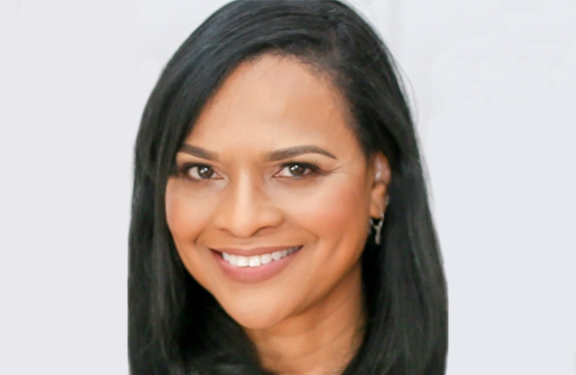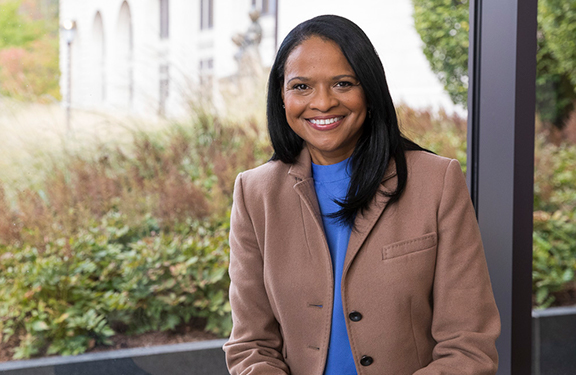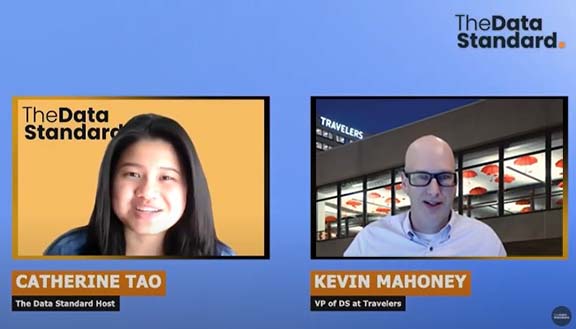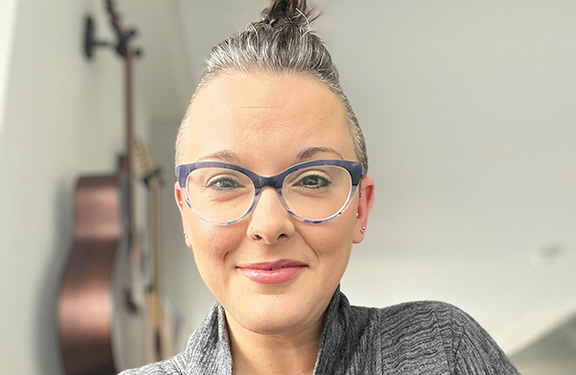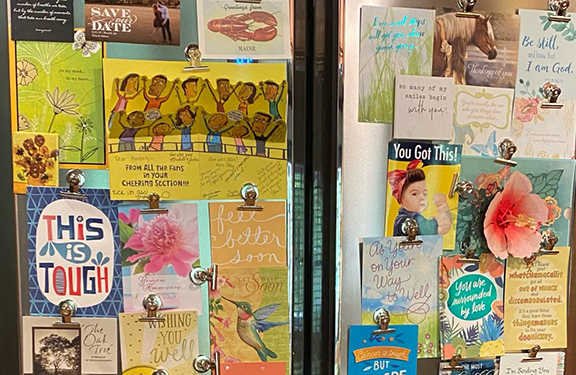Travelers Leaders Get First-Hand Look at Military Day In the Life
Two Travelers leaders got the chance to view some of the capabilities and tasks our Reserve Component Service Members perform while on duty with the Connecticut National Guard (CTNG) through the Employer Support of the Guard and Reserve (ESGR) Bosslift Program.


